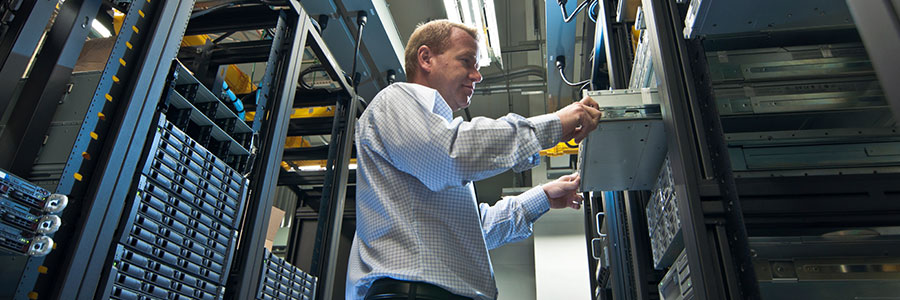Maximizing return on investment is a key priority with every area of your business, but it’s not always easy to determine when it’s time to get rid of old IT hardware. Like everything else, all hardware devices have a predefined lifecycle, which is typically determined by the manufacturer. In many cases, of course, the hardware will keep running flawlessly for months or even years after the end of its projected lifecycle.
When it comes to getting the most out of your investments, it often seems counterproductive to replace things that aren’t broken. Nonetheless, the expression “if it ain’t broke, don’t fix it” doesn’t apply to IT hardware. After all, increased downtime and elevated levels of frustration among employees can lower productivity and become a drain on your bottom line.
Avoid Increasing Maintenance Demands
As is the case with an old car, it eventually becomes uneconomical to maintain old hardware when it’s often breaking down. Hardware failures, reduced performance, data corruption and other system errors all end up taking their toll on profitability, and it’s often difficult, if not impossible, to find replacement components or compatible parts for systems that are much over five years old.
Ideally, you’ll want to replace your hardware long before it starts causing you trouble. That’s why it’s always better to plan from the beginning by budgeting ahead for new systems at specific intervals. For example, if you’re buying a new server, you might give it four years of service before retiring it and replacing it with a newer model. This way, you can keep control over your budget while also sticking with newer hardware.
Hardware manufacturers are businesses just like any other, and that means they’re not interested in draining their financial resources by providing any more support for obsolete products than they need to. That’s why many vendors have a predefined support lifecycle for their products. Once support for a particular model has expired, technical and customer support will no longer be available for it.
Minimize Risks from Cyberthreats
Another major concern when it comes to maintaining and upgrading IT infrastructure is cybersecurity and functionality. All IT hardware requires built-in software known as firmware to function, and this firmware often needs updating whenever the vendor discovers a potential security vulnerability. However, once a device has reached the end of its support lifecycle, vendors will no longer release security patches for it. This makes it highly vulnerable to cyber threats.
Finding the Optimum in Asset Management
As businesses come to rely more on their IT to keep up with the competition, asset management has become a major concern. That’s why every company should plan ahead to find a solution whereby equipment is replaced before it reaches its break-even point, where maintenance costs and poor performance (compared with newer models) exceed the original value of the hardware.
Smaller businesses can often get by with a bit more flexibility since it’s usually more economical to replace systems individually. Larger IT departments, however, will generally be better off upgrading all their systems on a rolling schedule. While there is no one-size-fits-all approach, one certainty is it’s never a good idea to take your IT assets for granted until one day they just stop working.
When you have IT problems that are too difficult to repair in-house, you need to have someone you can rely on. That’s why Complete Technology offers rapid remote and on-site technical support. If you’re having problems with your IT, or you’re seeking to upgrade your infrastructure, call us today to find out how we can help.


